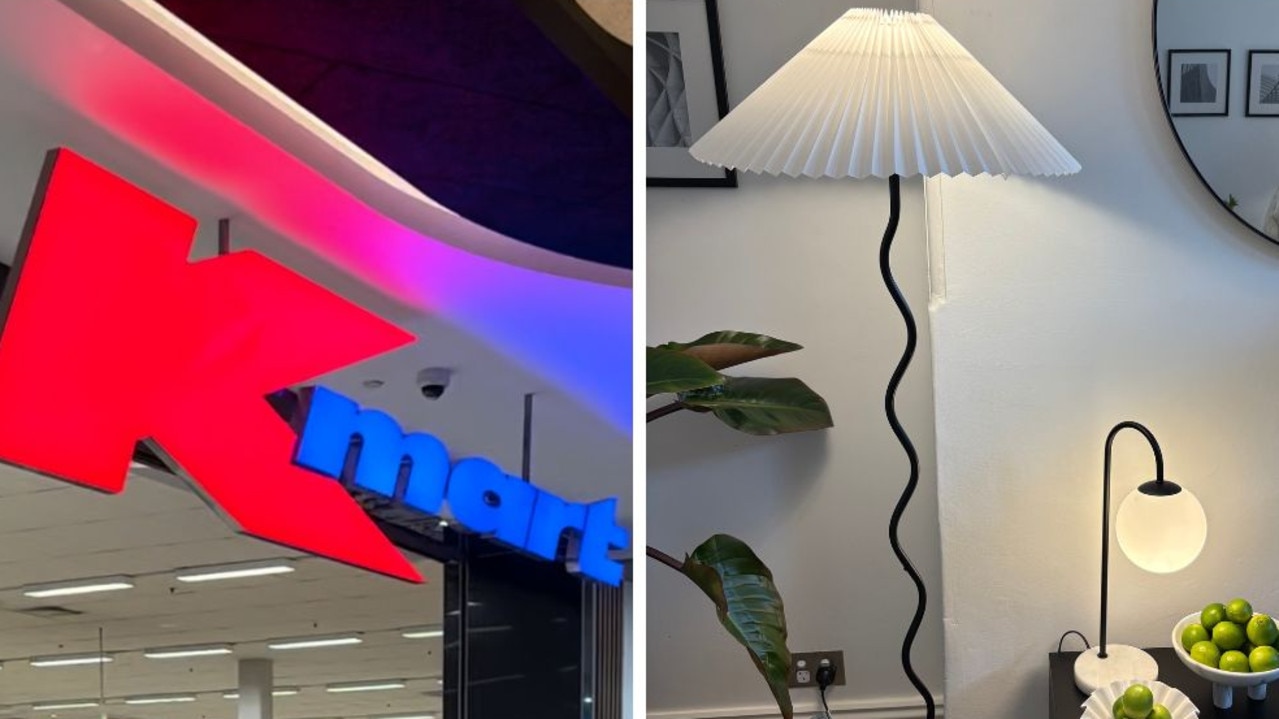Walkability: What buyers want most in a happy home
One huge, often overlooked factor is directly affecting Australian homeowners’ happiness and health.
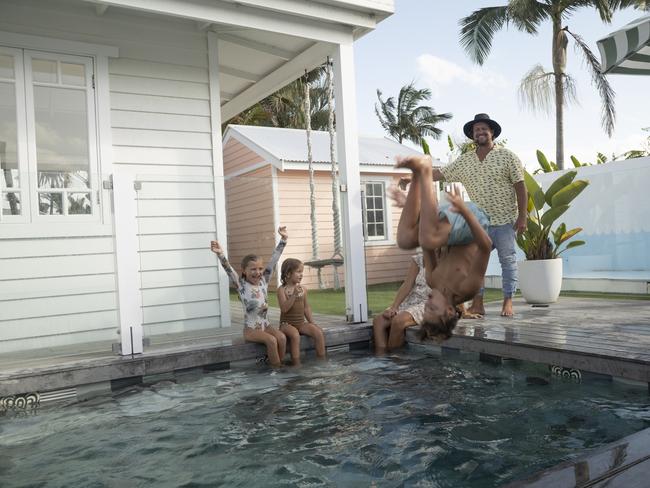
Home
Don't miss out on the headlines from Home. Followed categories will be added to My News.
When it comes to what makes a happy home, the concept of walkability might not be what first springs to mind.
But research shows that this measure in particular has been found to directly advantage residents’ happiness and health.
The Australian Urban Observatory (AUO) uses nine indicators to determine how ‘liveable’ an area is – or what’s in our surrounding environment that supports our lives – says Dr Lucy Gunn, research fellow with the Healthy Liveable Cities Lab at the RMIT Centre for Urban Research.
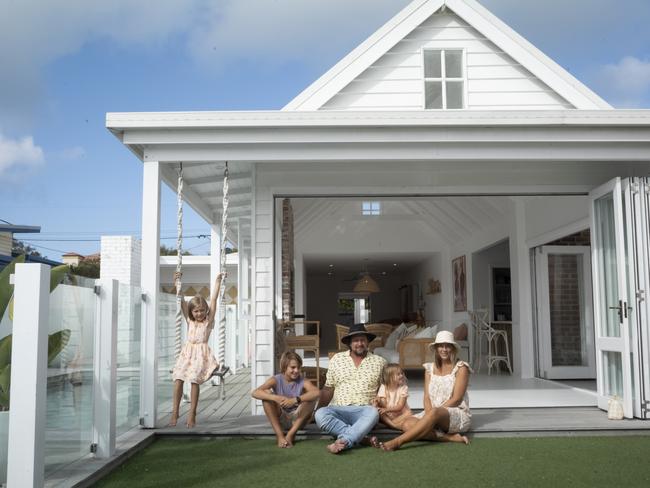
One of these nine indicators is walkability, Dr Gunn says, a method to measure street connectivity such as footpaths, dwelling density and access to daily living services like supermarkets and public transport.
The International Journal of Behavioural Nutrition and Physical Activity published 2019 research showing that walkable neighbourhoods discourage driving and increase walking, cycling and active transport use, which improve levels of physical activity and reduce chronic disease outcomes. It also found that access to open and green public spaces such as parks also benefit the physical health and mental health of residents too.
WALK THIS WAY
For Aaron Waters, his wife Sarah and their three children, both walkability and their home’s proximity to open spaces (only 210 enviable steps to the beach) have brought immense happiness into their lives for more than 15 years. The family of five lives in Bilinga on Queensland’s Gold Coast.
Being big beachgoers, having one in their backyard (well, nearly) is definitely a plus.
“We love to spend weekends there and late afternoons – getting those toes in the sand and watching the kids play in the ocean makes our home even more special,” Waters says.
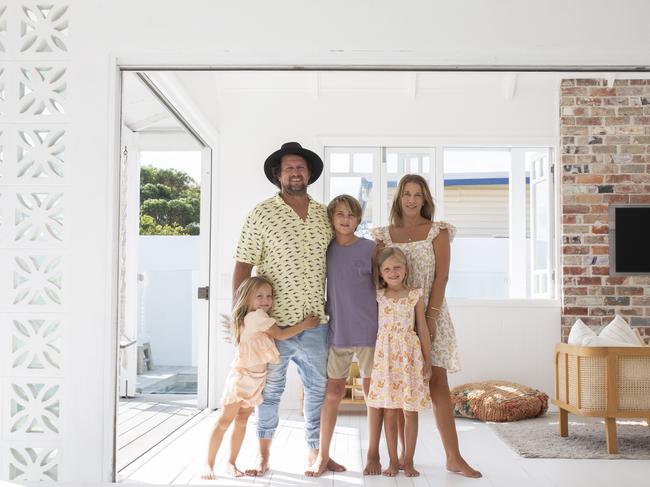
“Over the past few years, our local council built a footpath that connects all along our beaches and gives us really good access to ride to shops, cafes and surf clubs. We absolutely love it and use it so much.”
Other AUO liveability indicators include social infrastructure and local employment, both of which Waters and Sarah believe provides them with a better work-life balance.
“We are so fortunate that I work approximately seven minutes’ drive away and Sarah works from home.,” Waters says. “This gives us more time together at home or at the beach and not travelling or sitting in a car.”
In addition to the high level of liveability, different features of the family’s home offer each member of the Waters family pockets of happiness, Sarah says.
“Our skate ramp would definitely be high on the list of areas of our home that bring happiness,” she says. “Our kids love it and every time we have friends over, the first place they head to is the skate ramp.
“For me, I love our little sunken lounge area. It’s a perfect spot that’s outside but still in the shade, a nice little sanctuary from the hustle and bustle of the house. The perfect spot for a sneaky cocktail or a relaxing spot to read my book.”
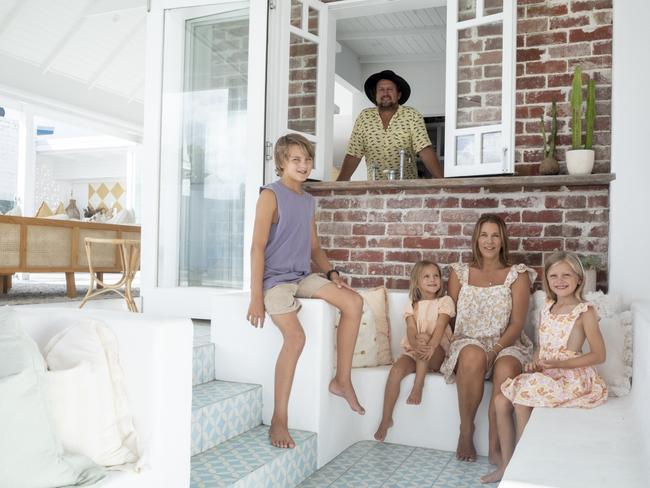
SEASIDE SANCTUARY
For the Waters family and millions of other Australians, personal spaces within our homes provided a sanctuary and safe haven throughout the Covid-19 pandemic.
The four walls we mostly only came home to sleep within suddenly had to serve up spaces for remote learning classrooms, working-from-home offices and entertainment centres so that our lives could still continue as efficiently as possible. These shifts in priorities and how we live have had a huge flow-on effect.
The demand for spacious living and separate home study areas have increased – and so too have property prices in areas high on liveability.
“The pandemic and lockdowns placed an emphasis back on privately owned spaces for work and leisure, alongside being a home,” says CoreLogic head of research Eliza Owen. “This was evident in the price premiums attracted across larger dwellings.”
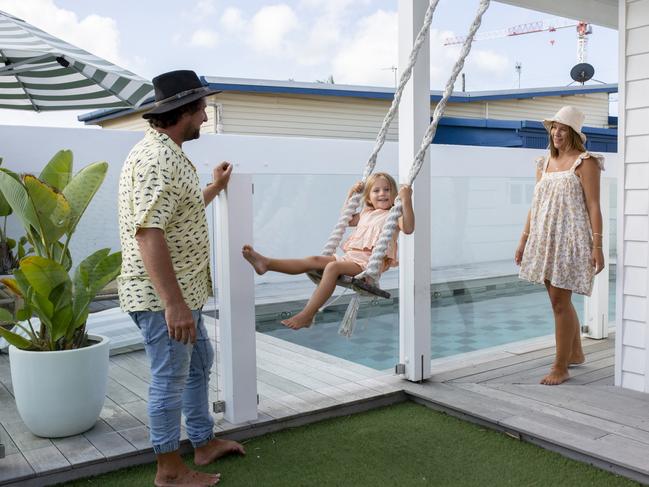
For many of us, the Covid home delivered a big surprise: we were happier and more content.
“Remote work trends during lockdowns have been extraordinarily beneficial in terms of the flexibility and work-life balance offered … This saves on commute time and commute cost and therefore gives more resources back to the individual to focus on their health and family,” says Owen.
And now in the post-pandemic world, with many of these changes still a part of our lives, the home remains a critical determinant of our happiness and how we function.
While the Waters family attests to the central importance of home, they say the most important way their house brings them happiness isn’t measured by scales or research, but rather by the memories made within it.
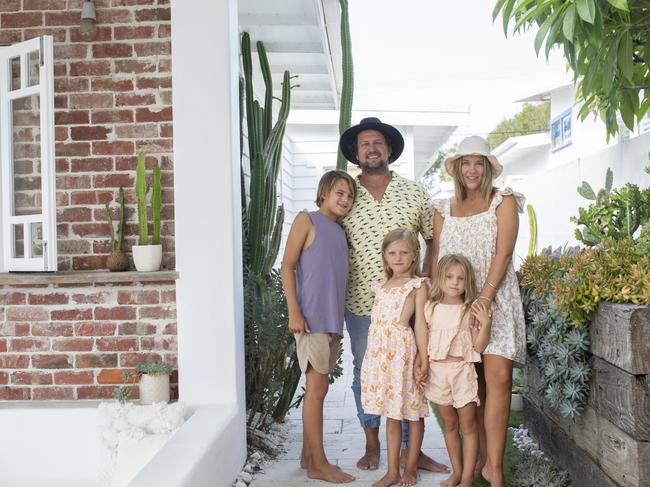
“It is both mine and Sarah’s first house and it has evolved in so many ways along with us,” Waters says.
“From two major renovations to three beautiful kids … As I look through the 9000-plus photos in my phone taken at home – from putting up the Christmas tree together and Santa climbing down the chimney, to all the birthday parties at home with family and friends around – it is really hard to pinpoint one of the best memories as there are just so many of them.
“It puts a big smile on my face.”
More Coverage
Originally published as Walkability: What buyers want most in a happy home




